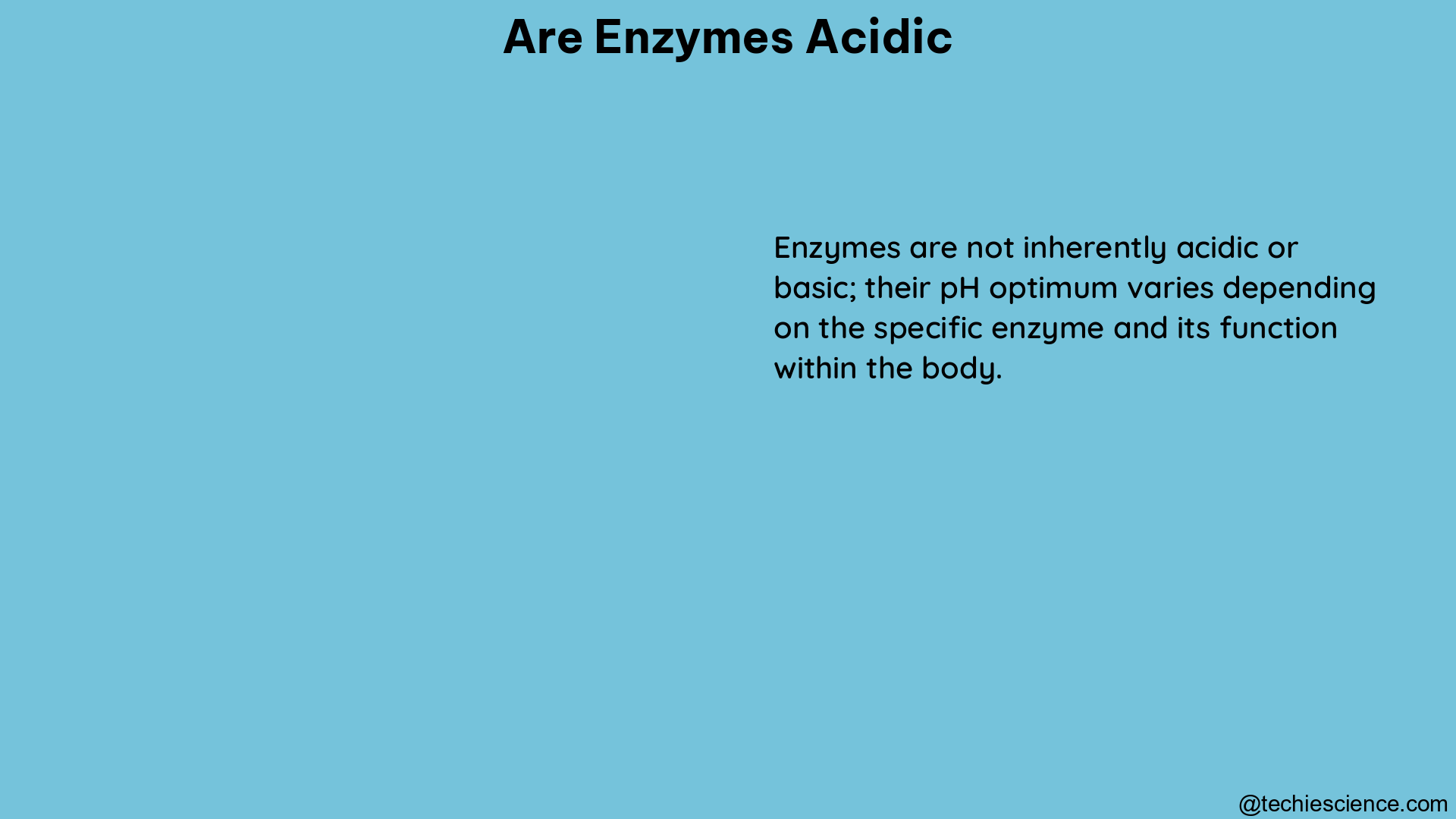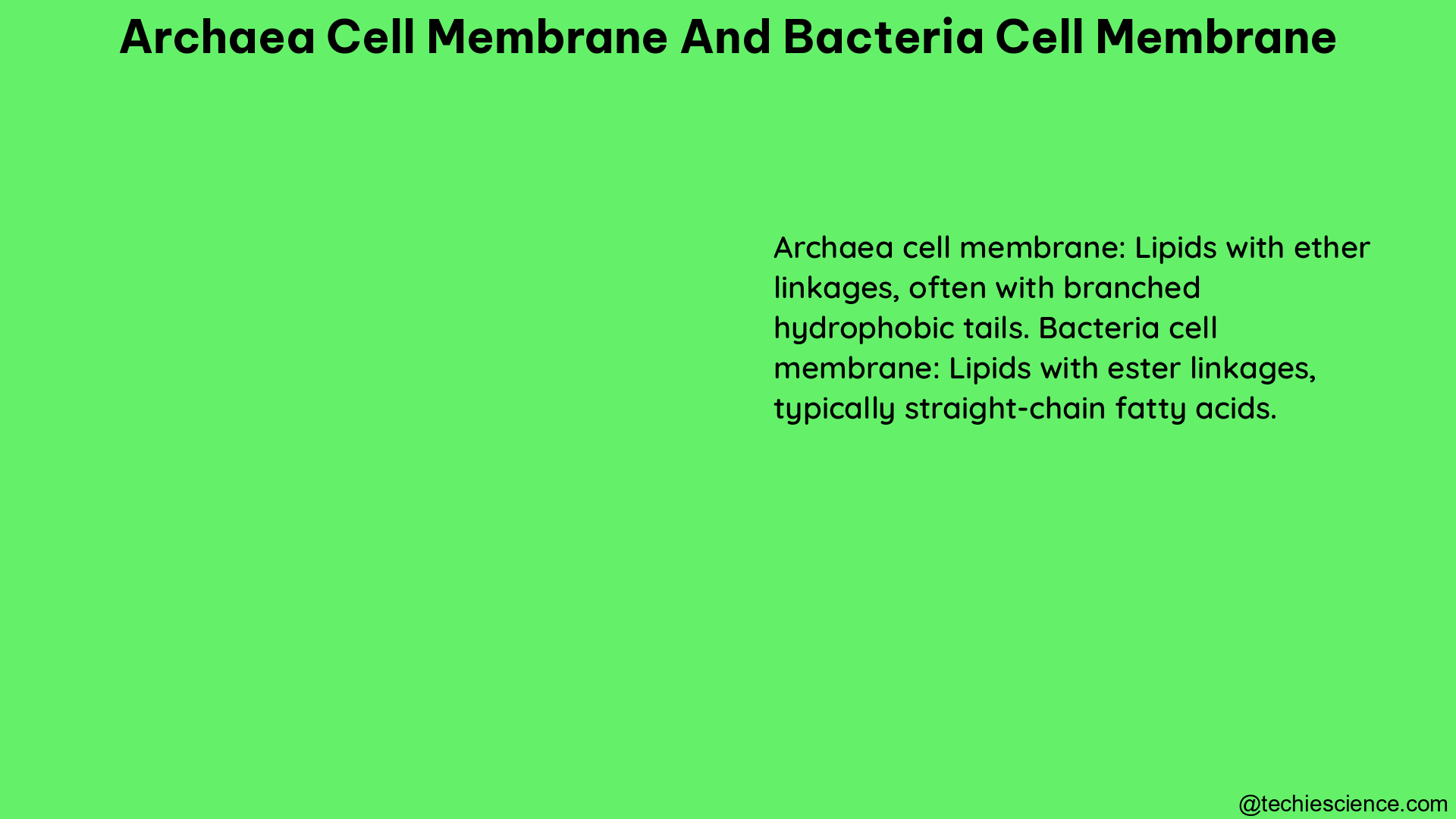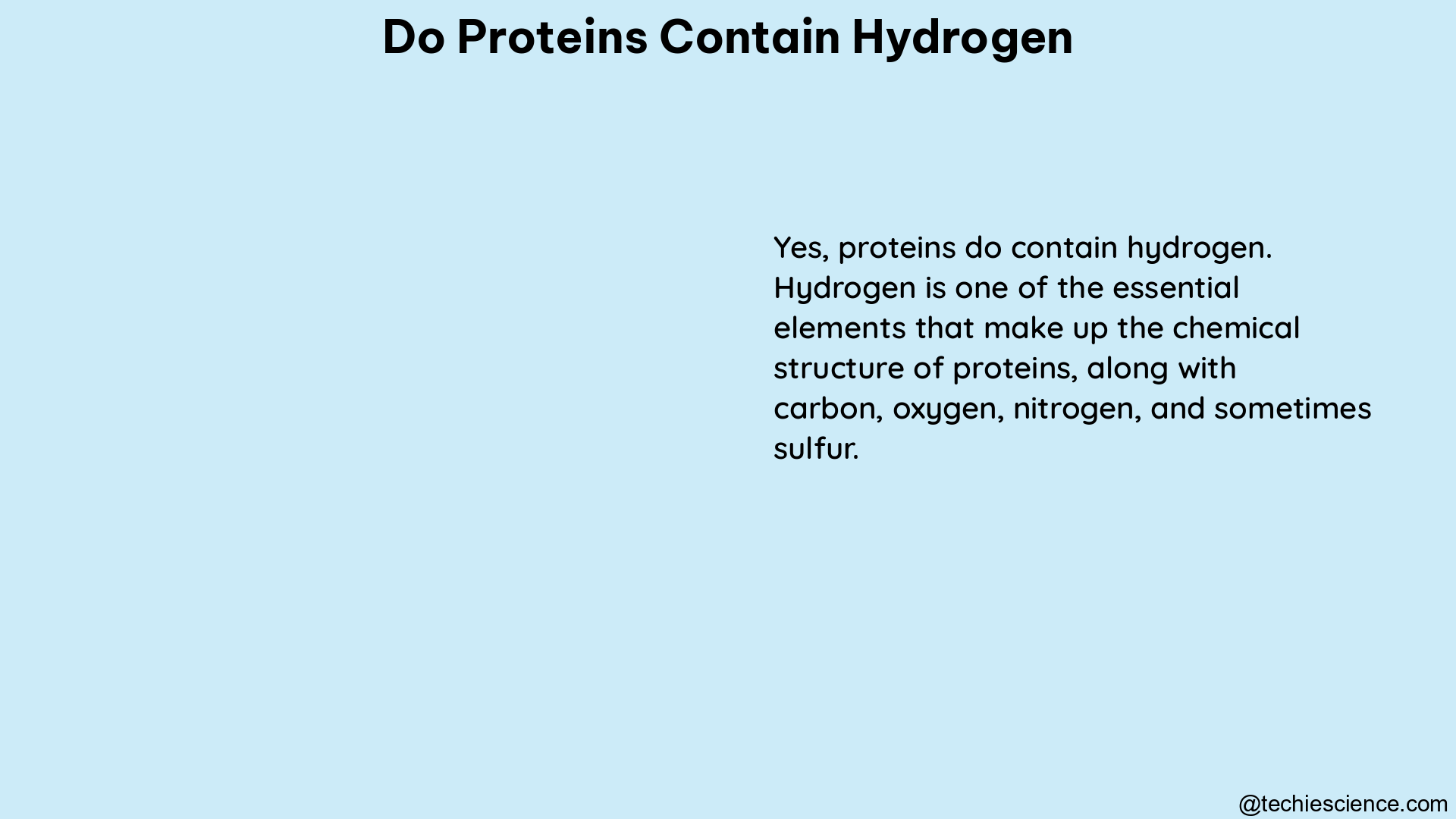The fungal cell wall is a complex and dynamic structure that plays a crucial role in maintaining cell viability, morphology, and protecting against various stressors. In contrast, protists, a diverse group of eukaryotic organisms, do not have a cell wall but have a cell membrane composed of glycoproteins and glycolipids. Understanding the unique compositions and functions of these cellular structures is essential for developing new antifungal therapies and understanding the biology of these organisms.
Fungal Cell Wall: Composition and Synthesis
The fungal cell wall is primarily composed of polysaccharides, such as chitin, glucan, and mannan, as well as proteins, lipids, and pigments. The synthesis of these components is regulated by a complex network of genes, including:
- FKS1: Encodes the catalytic subunit of the β-1,3-glucan synthase, responsible for the synthesis of the primary structural component of the cell wall.
- AGS1: Involved in the synthesis of α-1,3-glucan, which contributes to the rigidity and structural integrity of the cell wall.
- CHS: Chitin synthase genes, responsible for the synthesis of chitin, a key structural component of the fungal cell wall.
These genes, along with thousands of others involved in cell wall synthesis, signaling, and assembly, work together to maintain the dynamic and complex structure of the fungal cell wall.
Chitin Synthesis and Regulation
Chitin, a linear polymer of β-1,4-linked N-acetylglucosamine, is a crucial component of the fungal cell wall, accounting for up to 30% of the dry weight of the cell wall in some species. The synthesis of chitin is catalyzed by chitin synthase enzymes, encoded by the CHS gene family. In Saccharomyces cerevisiae, there are three major chitin synthase genes (CHS1, CHS2, and CHS3) that play distinct roles in cell wall synthesis and remodeling during different stages of the cell cycle and morphogenesis.
The regulation of chitin synthesis is a complex process that involves transcriptional, post-transcriptional, and post-translational mechanisms. For example, the expression of CHS genes is regulated by various transcription factors, such as Ace2 and Swi4, which respond to cell cycle signals and cell wall stress. Additionally, the activity of chitin synthase enzymes can be modulated by phosphorylation, allosteric regulation, and interactions with regulatory proteins.
Glucan Synthesis and Regulation
Glucans, particularly β-1,3-glucan and β-1,6-glucan, are the most abundant polysaccharides in the fungal cell wall, accounting for up to 60% of the dry weight. The synthesis of β-1,3-glucan is catalyzed by the β-1,3-glucan synthase complex, which is composed of the catalytic subunit Fks1p and the regulatory subunit Rho1p.
The regulation of glucan synthesis involves a complex signaling network that integrates various environmental cues, such as cell wall stress, nutrient availability, and cell cycle progression. This signaling network includes the cell wall integrity (CWI) pathway, which is mediated by cell surface sensors, such as Wsc1p and Mid2p, and downstream effectors, such as the protein kinase C (PKC) and the mitogen-activated protein kinase (MAPK) cascades.
Immunogenicity and Antifungal Targets
The components of the fungal cell wall, such as chitin, glucan, and mannan, are recognized by the host immune system as pathogen-associated molecular patterns (PAMPs). These PAMPs trigger cellular and humoral immune responses, including the activation of pattern recognition receptors (PRRs), such as Dectin-1 and Toll-like receptors (TLRs), and the subsequent release of pro-inflammatory cytokines and chemokines.
The fungal cell wall is a prime target for antifungal therapies, as its disruption can have severe consequences for cell growth, morphology, and viability. For example, the echinocandin class of antifungal drugs, such as caspofungin and micafungin, target the β-1,3-glucan synthase complex, inhibiting the synthesis of β-1,3-glucan and leading to cell wall weakening and cell lysis.
Post-transcriptional Regulation of Fungal Cell Wall Synthesis

Post-transcriptional control of fungal cell wall synthesis is an essential mechanism for regulating cell wall composition and virulence. This process involves the binding of RNA-binding proteins (RBPs) to specific mRNA transcripts, which can affect their stability, localization, or translation.
One of the well-studied RBPs involved in fungal cell wall regulation is Ssd1, a conserved RBP that binds to and stabilizes the mRNA of various cell wall-related genes, such as FKS1 and CHS3. The deletion of SSD1 in Candida albicans and Cryptococcus neoformans leads to altered cell wall composition and reduced virulence, highlighting the importance of post-transcriptional regulation in fungal pathogenesis.
Another RBP, Slr1, has been shown to bind to the mRNA of the chitin synthase gene CHS3 in Aspergillus fumigatus. The deletion of SLR1 results in increased chitin content in the cell wall, altered morphology, and attenuated virulence in a mouse model of invasive aspergillosis.
These examples demonstrate the critical role of post-transcriptional regulation in fungal cell wall synthesis and composition, which can have significant implications for fungal virulence and the development of new antifungal therapies.
Protist Cell Membranes: Structure and Function
In contrast to fungi, protists, a diverse group of eukaryotic organisms, do not have a cell wall but instead possess a cell membrane composed of glycoproteins and glycolipids. The protist cell membrane plays a crucial role in maintaining cell shape, controlling permeability, and protecting the cell from osmotic and mechanical stress.
The cell membrane of protists is a dynamic structure that undergoes constant remodeling and reorganization to adapt to changes in the external environment. The membrane is composed of a lipid bilayer, with the inner leaflet containing phospholipids and the outer leaflet containing glycolipids and glycoproteins.
Membrane Receptors and Signaling
The protist cell membrane is responsible for mediating interactions with the external environment through various receptors and adhesins. These membrane-bound proteins can trigger complex cascades of signals inside the cell, leading to changes in gene expression, metabolism, and cellular behavior.
For example, in the protozoan parasite Trypanosoma cruzi, the causative agent of Chagas disease, the cell membrane contains a variety of surface glycoproteins that act as receptors for host cell recognition and invasion. These receptors, such as the trans-sialidase and the mucin-like glycoproteins, play a crucial role in the parasite’s ability to evade the host’s immune response and establish a successful infection.
Membrane Permeability and Osmoregulation
The protist cell membrane is also responsible for controlling the permeability of the cell, allowing the selective passage of nutrients, waste products, and other molecules in and out of the cell. This permeability is regulated by various membrane-bound transport proteins, such as ion channels, pumps, and transporters.
In addition, the protist cell membrane plays a crucial role in osmoregulation, maintaining the appropriate balance of water and solutes within the cell. This is particularly important for protists that live in environments with fluctuating osmotic conditions, such as freshwater or marine habitats.
Conclusion
Fungal cell walls and protist cell membranes are complex and dynamic structures that play crucial roles in the biology and pathogenesis of these organisms. Understanding the molecular mechanisms underlying the synthesis, regulation, and function of these cellular structures is essential for developing new antifungal therapies and advancing our knowledge of eukaryotic cell biology.
References:
- Hall, R. A., & Wallace, E. W. J. (2022). Post-transcriptional control of fungal cell wall synthesis. Current Opinion in Microbiology, 65, 102-109.
- Garcia-Rubio, R., de Oliveira, H. C., Rivera, J., & Trevijano-Contador, N. (2020). The Fungal Cell Wall: Candida, Cryptococcus, and Aspergillus Species. Frontiers in Microbiology, 10, 2993.
- Dichtl, K., Samantaray, S., & Wagener, J. (2016). Cell wall integrity signalling in human pathogenic fungi. Cellular Microbiology, 18(9), 1228-1238.
- Molecular architecture of fungal cell walls revealed by solid-state NMR. (2006). Nature Protocols, 1(2), 905-914.
- The Cell Membrane of Protists. (2021). Biology Discussion. https://www.biologydiscussion.com/protista/the-cell-membrane-of-protists/70524









